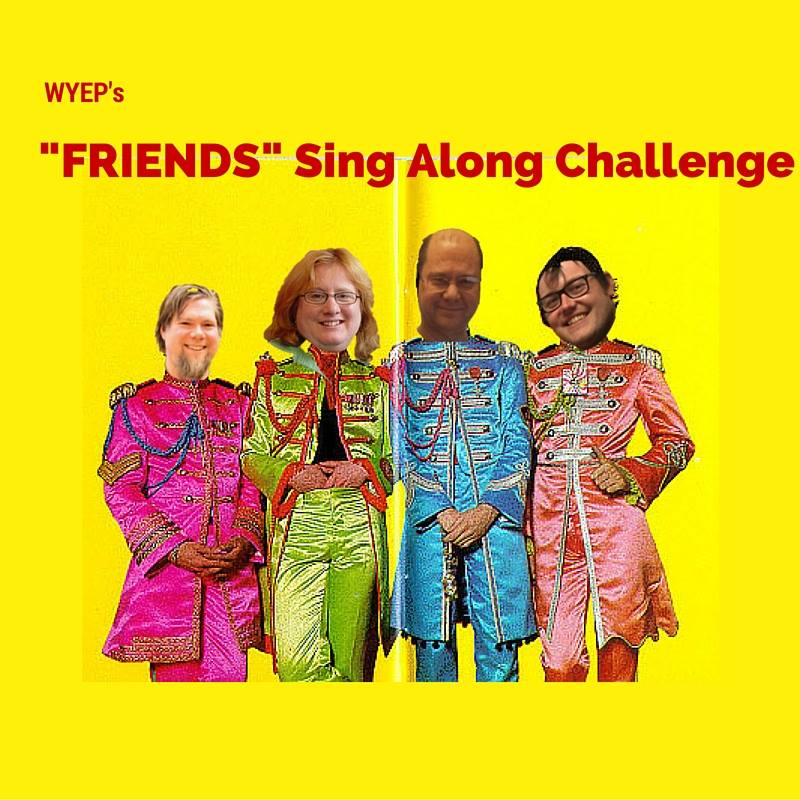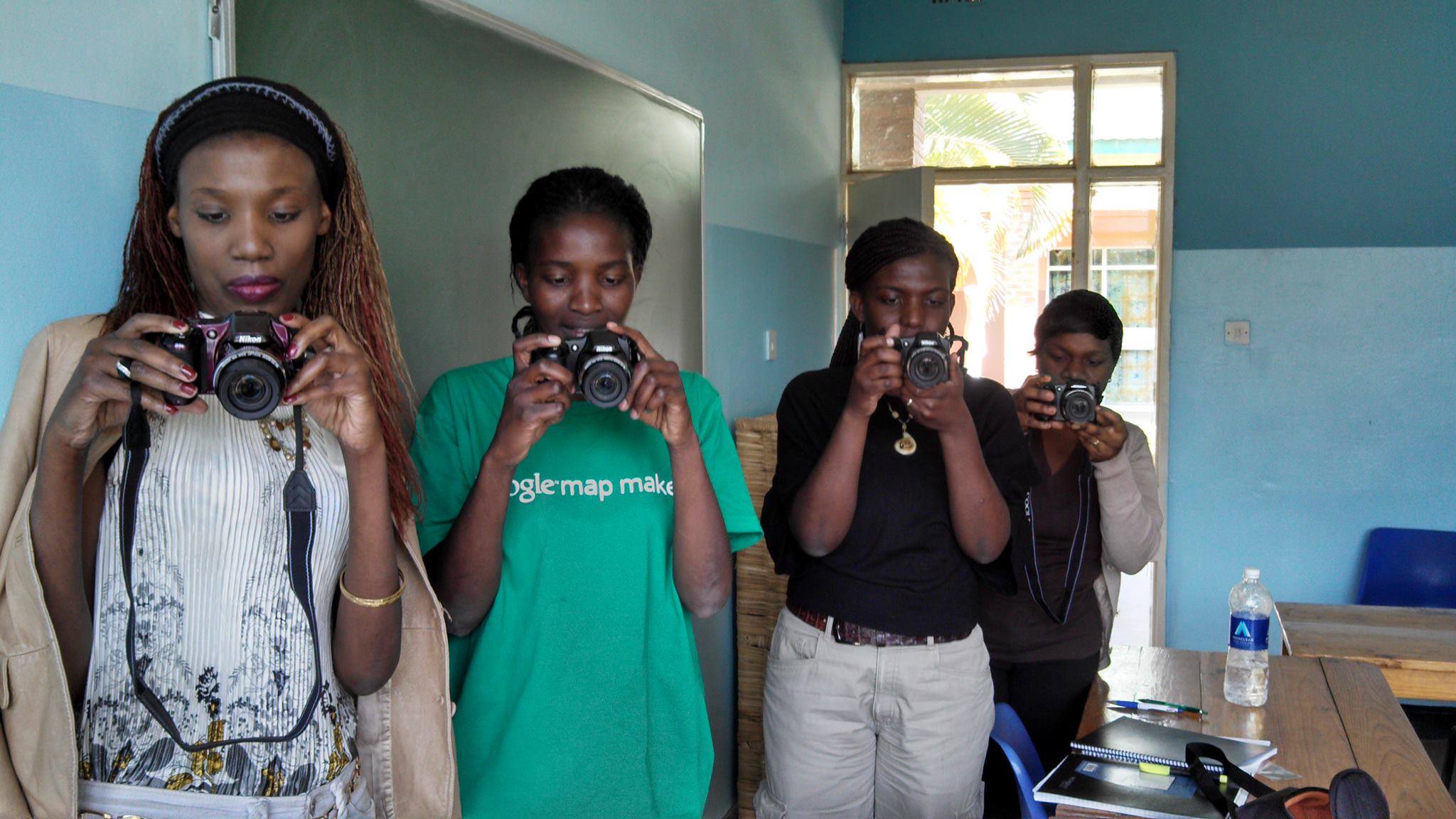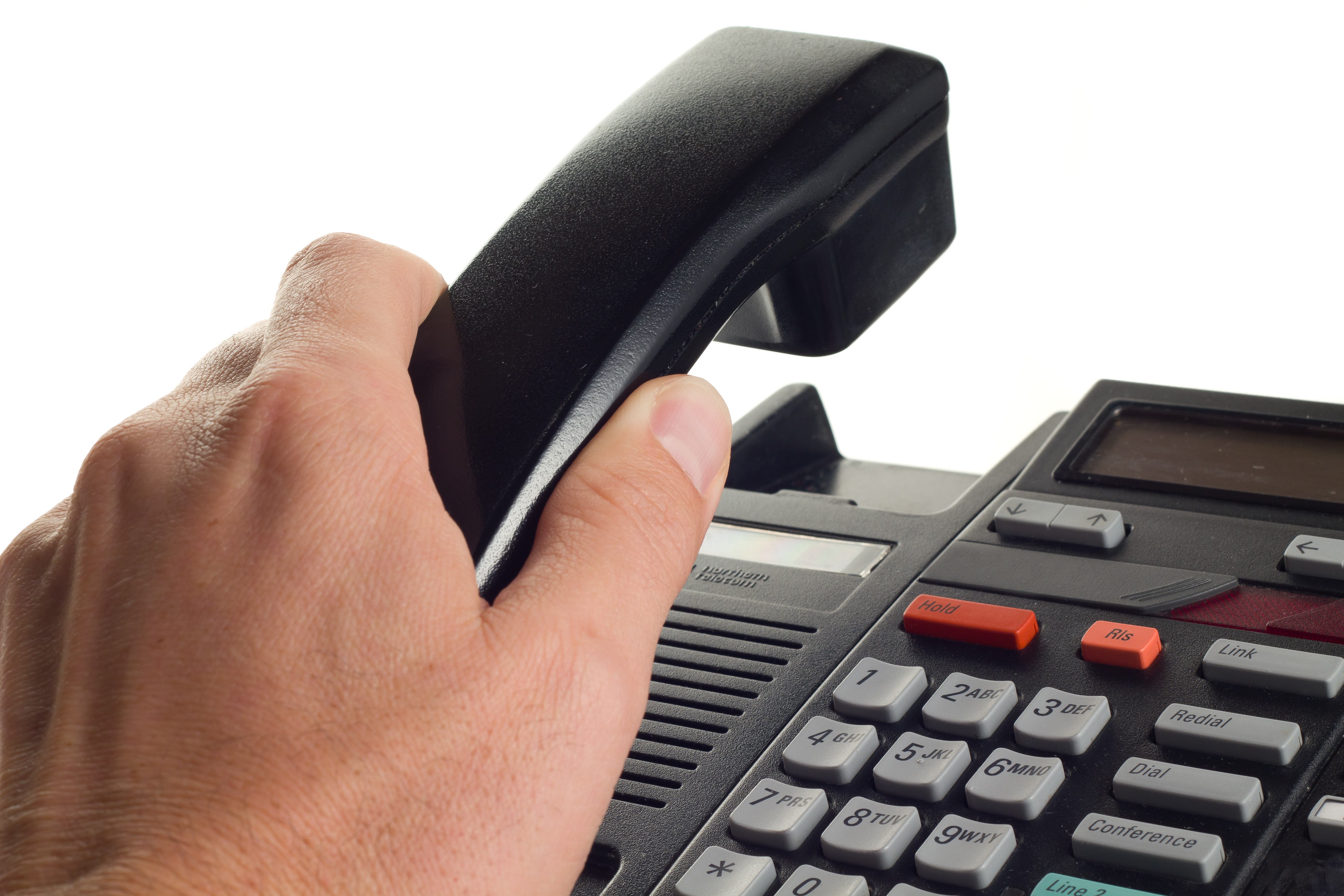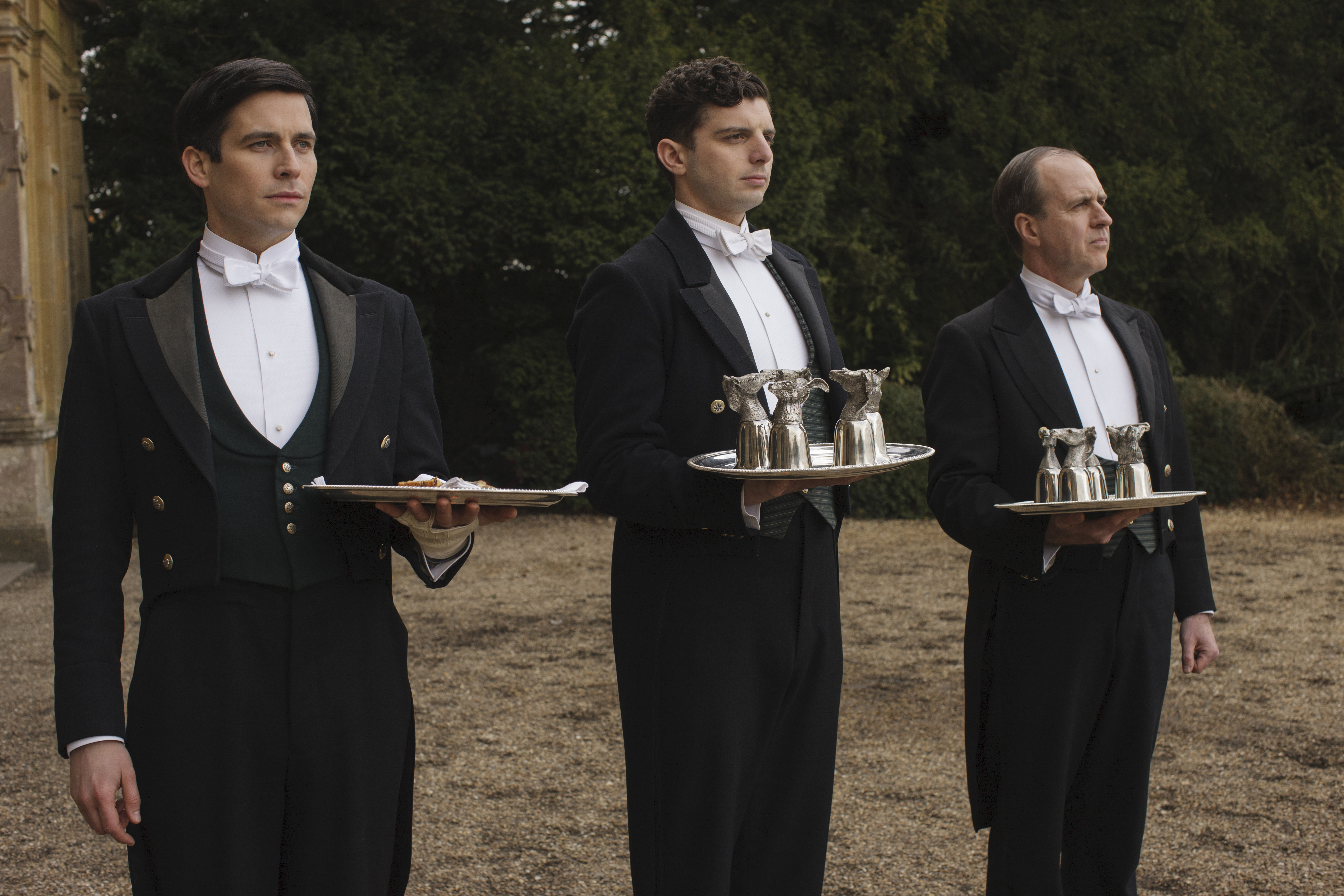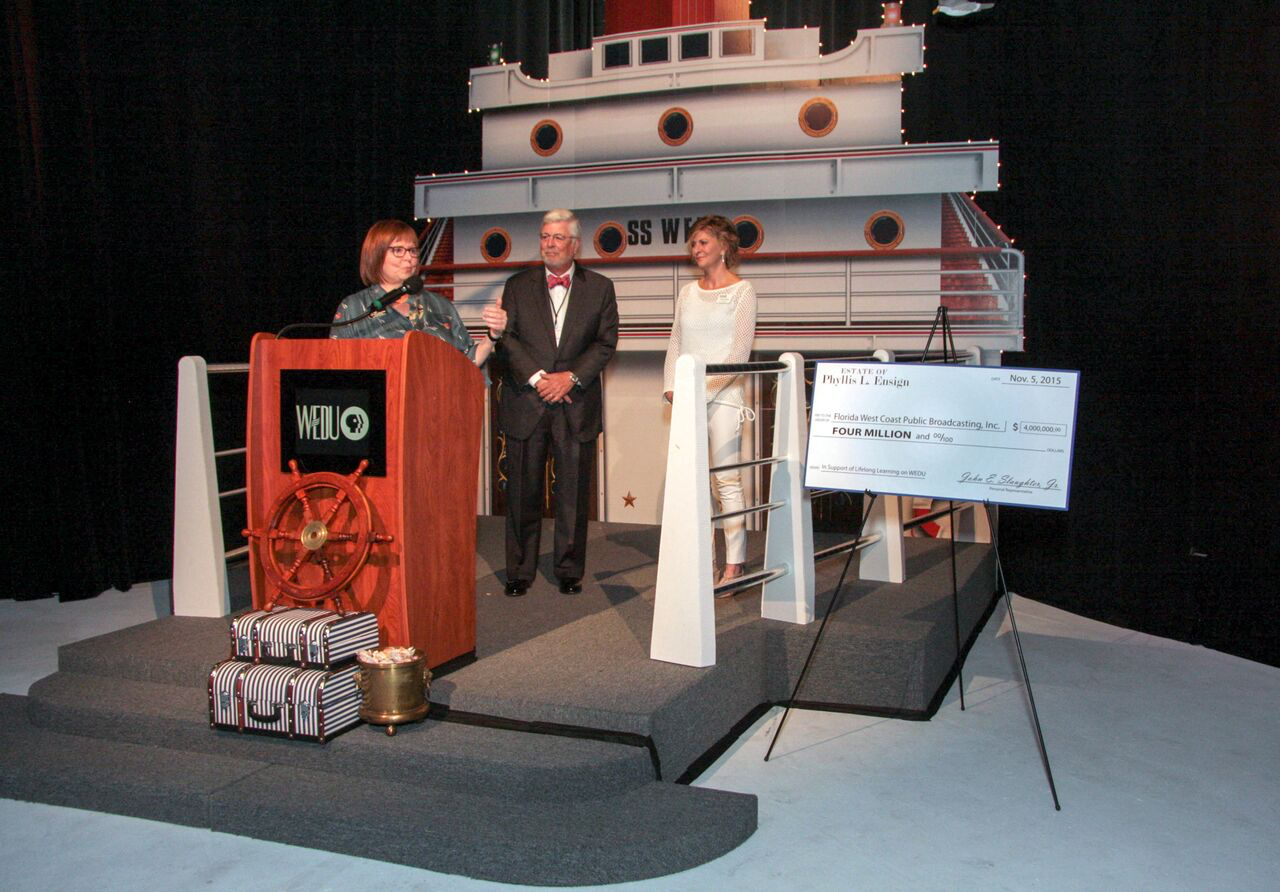Development
Honolulu Civil Beat moves to become a nonprofit
The website filed for nonprofit status with the IRS June 1 and can begin operating as a nonprofit immediately.With help from friends, WYEP exceeds fundraising goal
Through June, the station is using social media to encourage listeners to give by posting a video of themselves singing the Beatles ...Media Impact Funders receives its largest grant ever
A two-year, $500,000 matching grant from The Atlantic Philanthropies supports an expansion of MIF's programming and services for foundations that invest in ...Stations try different approaches with food bank partnerships
Food-bank partnerships have been successful for many public stations, but experts say they can have mixed results.CUNY students brainstorm ways for public media to build membership
Rather than starting by looking at pubmedia’s content, the students were told to determine the community’s needs by listening to the audience. ...Foundation’s gift will boost global network of female journalists
The Global Press Institute received $1.25 million from the MacArthur Foundation, its largest grant in its 10-year history.Who’s taking your donation when you call in a pledge?
Our next Currently Curious story will look into the workings of call centers.Crowdfunding campaign nets TV station $20K for web series on climate change
Station Manager Paul Hunton says the crowdfunding campaign tapped into a formula that can be scaled to size.WBUR’s new twist on shorter pledge drives pays off
The drive raised over $1 million with only 26.2 hours of on-air fundraising.PBS Passport serves up on-demand content for public TV’s members
PBS execs hope the new service will entice younger viewers to watch more public TV programs and become members.American Public Media receives its largest gift ever
The gift will support investments in technology and music programming.At debut, Audience Engine offers CRM and pledge-drive tools
Creators of the open-source software call it “a new tool for media and democracy.”WEDU to hire staff, create new TV series with $4M gift
Donor Phyllis Ensign watched WEDU “almost exclusively,” according to friends.Pubcasters see upside from promoting EFT payments to sustaining members
Donors who give via electronic funds transfers are more likely to renew and reduce headaches caused by credit-card data breaches.Lubinsky’s pledge shows may mine nostalgia, but the ‘content connects’
As the creator, producer and host of specials that are virtually synonymous with public TV pledge drives, Lubinsky is among public TV’s ...



